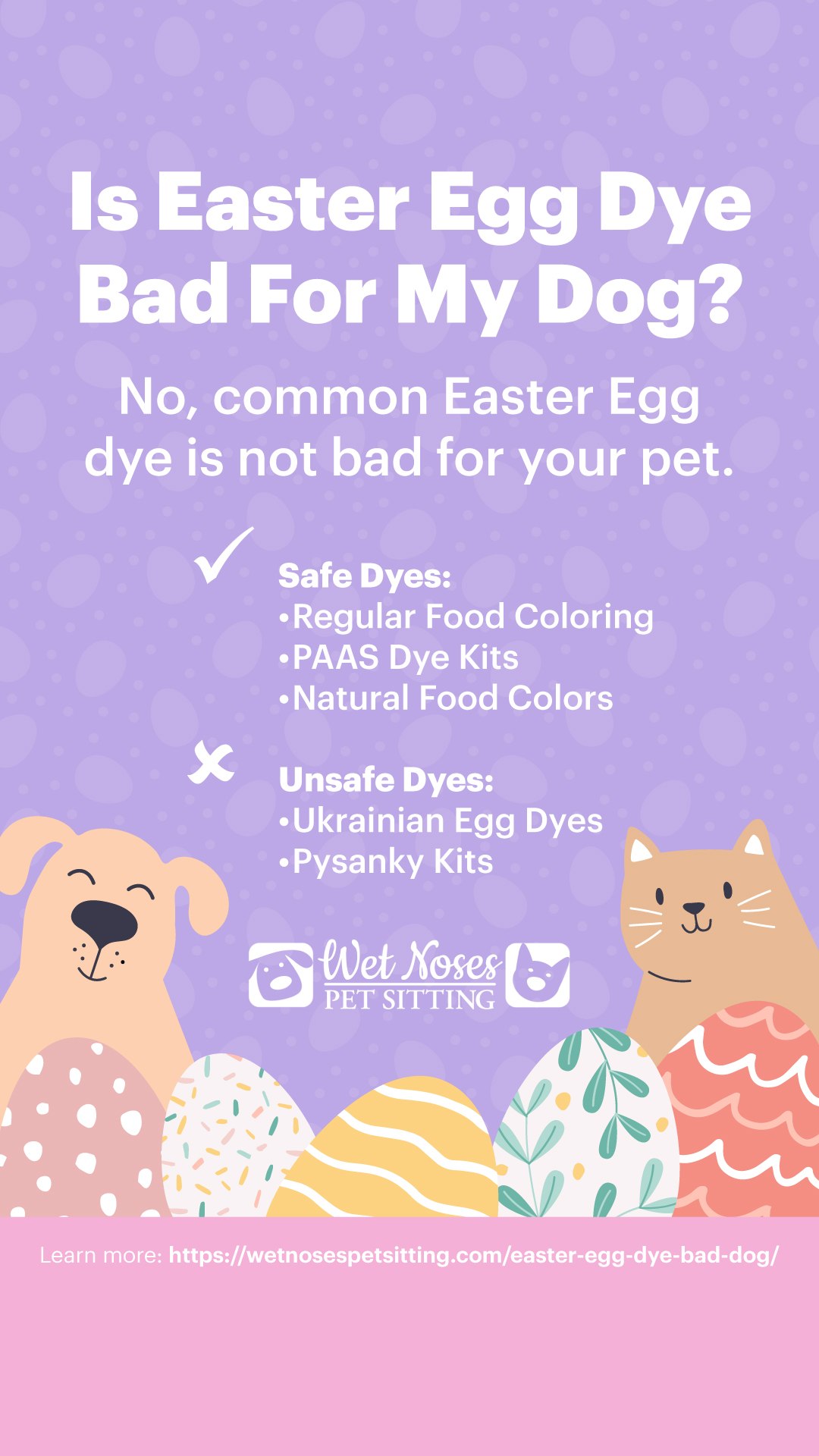What to Do NOW to Prepare for the Christmas Puppy
Adding a new puppy to the family is exciting and fun, but can also be overwhelming, no matter what time of year. If you are thinking of combining the crazy of the holidays with a new puppy, you need to start getting ready now! There are many steps you can (and should) take months in advance to ensure this is a smooth process. Thankfully we are here to help!
1. Choose Your Breed of Dog
There is huge difference between a Cocker Spaniel and a Border Collie, so before you look at cute puppy pictures you want to have an idea of what is a good fit for your lifestyle. It is easy to get swept up in the cute puppy face only to realize a month later that this puppy has WAY more energy than you are up for. Some factors to consider:
- Do you have young children?
- How much time to do you have to train a dog?
- How much exercise do you get regularly?
- How large is your yard?
- What breeds are you allowed to have? (look at your state and city laws, HOA restrictions and talk to your landlord)
The American Kennel Club has a fast and easy quiz that gives you some breed recommendations. I took this quiz and found some of my favorite breeds on my suggestions. Even if you are looking to get a rescue mutt or mixed breed, it is still good to have an idea of the types of dog what would suit your lifestyle. Also consider contacting a local dog trainer for recommendations and they often know local breeders and rescues (Step 2).
2. Look For a Rescue or Breeder
Finding a good rescue or breeder is invaluable! These people can be a resource for you throughout the lifetime of your dog, offering advice and tips on pet care, trainers and more. Take your time and get to know them online and in person. Ask for referrals and do your research. There are a few different types of groups you can go to and they all work a bit differently.
- General Dog Shelters and Rescues: Rescues often have puppies year round, but it is good to connect with them in advance to find out their requirements for adoption. You can usually fill out paperwork ahead of time and maybe get on a wait list for the type of dog you are interested in. Plus you want time to screen the rescue and make sure they are responsible and take good care of their dogs. Unfortunately there are shelters that operate for profit and have sketchy business practices.
- Dog Breed Specific Rescues: These are groups that work specifically with a breed, or a group of breeds. They tend to be located in specific areas and often operate out of foster homes, so you cannot just swing by, but they are an amazing resource. Since they focus on just one type of dog, they know a lot about that breed and every dog they work with. The dogs are often in foster homes so the foster parents can tell you a lot about the puppy’s personality and how they have been socialized. They will often also have adult dogs you can go and meet, in case you are still debating if the breed is a good match for you. To find breed rescues near you just search the breed and your area.
- Dog Breeders: If you know the exact breed of dog and have the money to spend, you may consider going directly to a dog breeder. Ask for referrals and follow up with previous puppy purchasers. You should be able to meet dogs from their kennel and puppies they have bred in the past. Read up on How to Find a Good Dog Breeder.
- NO Pet Shops: You have the time to prepare, so do not jump the gun and get a puppy from a pet shop. Puppies in pet shops are cute but they come from puppy mills, one of the cruelest animal practices found in the United States. Some states are making it illegal to sell puppies in pet shops, and in addition to it being a bad practice, dogs from puppy mills often have lingering health and behavior problems.
Take your time and do your research. That is why you are starting early, right?
3. Find Your Local Team
Puppies require a team of people to keep them happy and healthy. If you do not currently have a dog then you will want to take your time choosing the best group of professionals for you. Here are some of the people you may need in your life:
- Veterinarian: Every new puppy will need to make checked out by a veterinarian within a few days of coming home. You are going to want a vet that your like personally, is near your home and has a similar outlook on pet care as you do. Read up on our 5 Tips to Pick a Veterinarian You Love.
- Dog Trainer: All puppies need to get out to socialize! A puppy class is a great way to do this and also the best way to brush up on your puppy raising skills, even if you have had a puppy before. Puppy classes fill up very quickly after the holidays so you want to make sure to get on the schedule as soon as you are sure you are getting a puppy to make sure you get a good spot.
- Puppy Sitter and Walker: If you work away from home, like to take day trips, or travel for work or fun, you are going to need a puppy sitter. Keep in mind that young puppies need a potty break every 2-3 hours (they can typically last an hour per month of age, but it varies by breed), so if you are not going to be home all day then you will need help. A good puppy sitter can be a lifesaver and help socialize your pup in your own home. Learn about our Puppy Walking Services and what Puppy Visits we recommend for vacation. We even have some clients that are home during the day, but we come in to give them a break so they can get some work done or run errands.
- Poop Scooper: If you do not like cleaning up your own yard, or just do not have time, then consider getting someone else to do it for you. Poop Scoopers have become all the rage lately and can save you time and effort. Most come in once a week for a very reasonable rate and keep your yard shining. If you have a dog walker they might also be willing to scoop your yard for an extra fee like we do.
- Dog Groomer: Is your pup going to need regular cuts and clips? She may not need one right away, but ideally you will want to drop by with her a few times to let her get used to the place before her first grooming.
If you live in the Fort Collins or Loveland areas, check out all of our local recommendations! Once you have chosen your team, set up as many appointments as you can. Spaces fill up after the holidays and it is so much easier to have it set and ready to go before the holiday craziness is underway.
4. Get Your Puppy Supplies
Everyone is shopping right before the holidays and since you know exactly what you need, you might as well get it in advance! You will also be able to find deals or used items if you give yourself pretty of time to search. Thankfully we prepared a full checklist of items you will need, as well as steps to take for getting a new dog.
Download the Complete Preparing for a New Dog Checklist
5. Have Fun With the Process!
It can feel overwhelming to go through all these steps, but thankfully you are on the ball! Take your time and go through the steps one by one and when Christmas hits, you will feel on top of the world (and a little frazzled with the cute furball chewing on everything).
Let us know at Wet Noses Pet Sitting if there is anything we can do to help with your new pup!






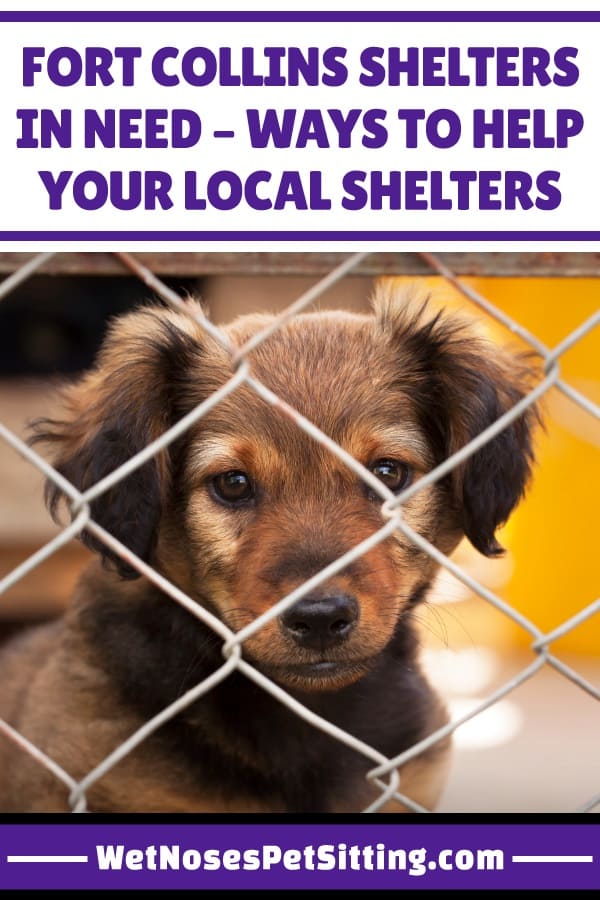



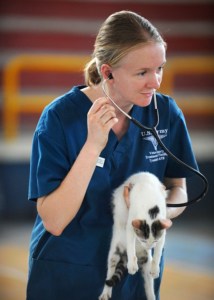
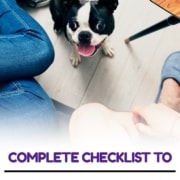



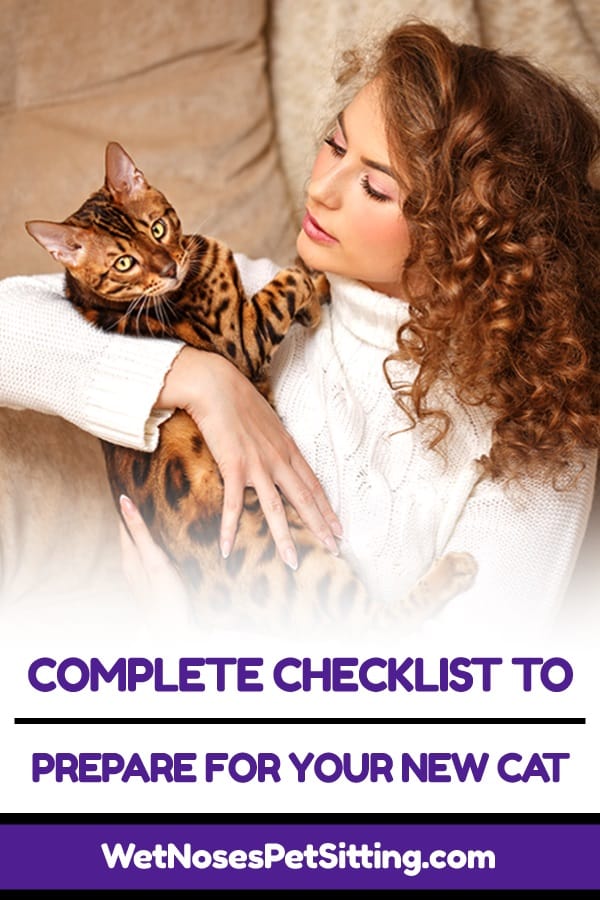








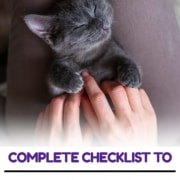
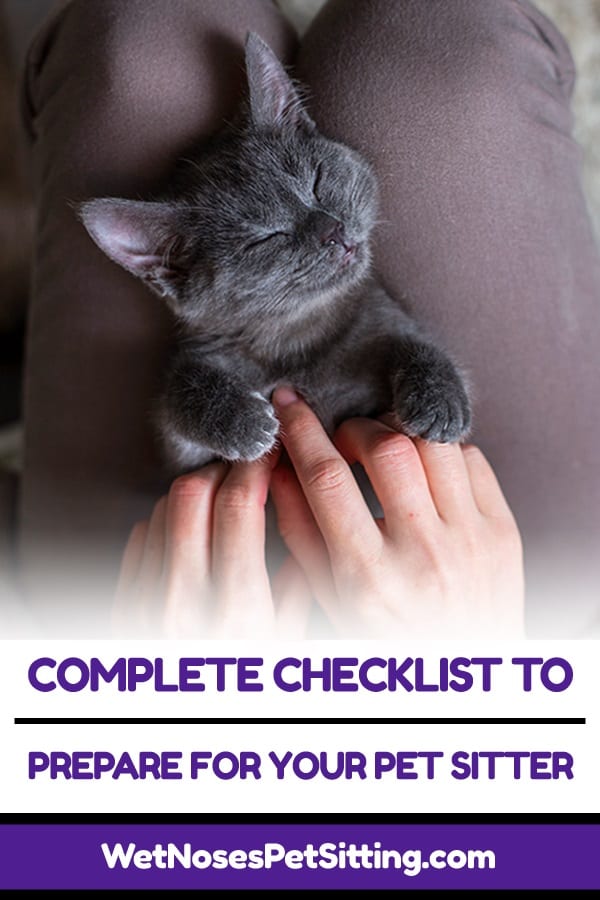
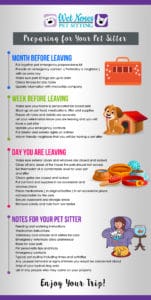


 Safe Dyes To Look For:
Safe Dyes To Look For: